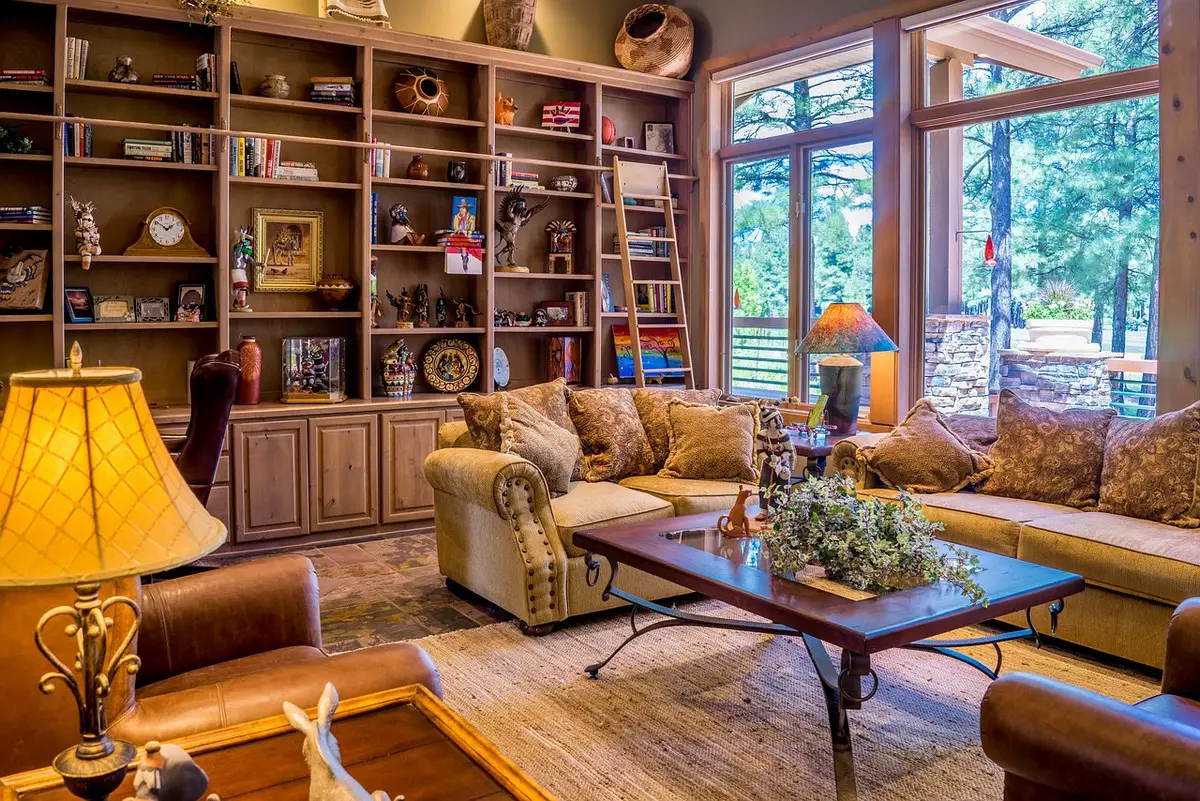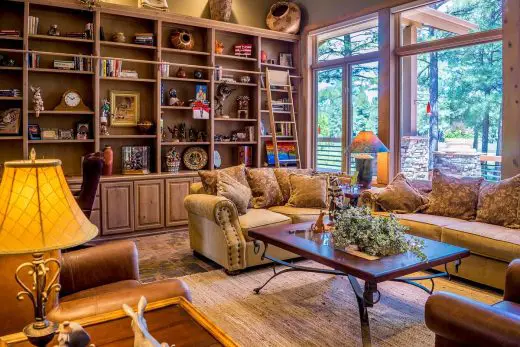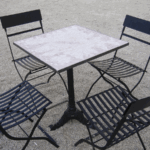Custom furniture preserves architectural heritage style, Property interior design tips, Home furnishing advice
Custom Furniture Preserves Architectural Heritage
17 April 2024
Bridging Technology and Tradition: The Role of Custom Furniture in Preserving Architectural Heritage
An architectural heritage represents a tangible link to a culture’s history and identity. The architecture of a society encompasses the many aesthetic values of past generations.
However, in the fast-paced, modern world, maintaining this valuable heritage can face challenges. Urbanization, environmental factors, and changing societal needs threaten the preservation of architectural history. An innovative solution,custom furniture, has emerged as a partial solution to the challenges. This approach supports the preservation of our architectural heritage while bridging the gap between tradition and contemporary design styles. This new furniture industry trend allows buyers to specify many of the furniture’s details, so that the finished pieces reflect the architectural design style they prefer.
Grandview manor and the Old Market in Warsaw
The integration of custom furniture into heritage conservation projects has seen numerous successes worldwide. For instance, the restoration of the historic Grandview Manor included meticulously designed custom furniture pieces that combined the manor’s early 20th-century aesthetics with 21st century comfort and functionality. Similarly, the revitalization of the Old Town Market Square in Warsaw utilized custom furniture to enhance the public spaces without compromising their historical integrity.
These projects highlight how designers balance preserving the past with embracing the present. In rural and urban heritage sites alike, custom furniture has played a crucial role in bringing new life to spaces that might otherwise have been forgotten. Converting the Milltown Warehouse into a community center is a prime example. Custom-designed furniture transformed the building into a vibrant hub for local activities, while preserving its industrial heritage.
Using 3D Scanning Technology to Reproduce Furniture
One example of successfully integrating custom furniture during a heritage preservation is a project undertaken by Italian furniture design company, Angelo Cappellini. The team utilized 3D scanning technology to reproduce the Majiis meeting room furniture for a customer from the Middle East. The customer selected several of Angelo Cappellini’s standard products but wanted everything customized. The company used the Go!SCAN SPARK 3D scanner to capture the exact curves of the various elements, develop executive drawings, and deliver the precise, custom carvings and decorations desired.
This project exemplifies how custom furniture can be designed to complement and enhance historic interiors and play a pivotal role in giving old buildings new life. The use of 3D scanning technology allowed Angelo Cappellini to create furniture that aligned with heritage aesthetics while meeting contemporary needs. The technology helped preserve the architectural heritage during its revitalization.
The 3D scanning role in custom furniture design is further highlighted by its capabilities to generate accurate three-dimensional models of objects and scenes. For example, Terrestrial Laser Scanning (TLS) technology is increasingly used to create semantic 3D models of furnished interiors.
Additionally, the blog post from Luke Hughes discusses the concept of adaptive reuse of space through movable furniture. The post emphasizes the sustainable practice of converting older furniture into new products that still perform their functions but also preserve the architectural and design heritage.
Technology’s Role in Custom Furniture Design
The availability of digital tools and online customization platforms has revolutionized the design and production of custom furniture. These technologies enable designers to create pieces that perfectly align with the desired architectural heritage aesthetics while adding some contemporary functionality. Digital tools help create precise replicates of historical designs, so that the final furniture pieces look and feel authentic to the period.
3D scanning and modeling technologies, in particular, have been instrumental in this process. They accurately capture dimensions and details of the existing historical furniture or architectural elements, which can then be used as a reference for creating new, custom pieces. This ensures that the new furniture not only fits physically within the space but also respects history.
Challenges and Opportunities
Incorporating modern custom furniture into heritage spaces is not without its challenges. Preventing new designs from overshadowing or clashing with the historical elements requires a deep understanding of both the period’s aesthetics and the specific architectural context. However, these challenges also present unique opportunities. The synergy between traditional craftsmanship and modern technology opens up new avenues for innovation in furniture design. Digital fabrication techniques, for example, allow us to replicate intricate details once only possible through labor-intensive traditional methods.
The Future of Custom Furniture in Heritage Conservation
Reflecting on the intersection of custom furniture and heritage conservation, the spokesperson of Dreamsofa, a leading custom furniture company, shared, “At Dreamsofa, we see our work as more than just creating furniture; it’s about crafting stories. The opportunity to contribute to custom furniture projects is a privilege. It challenges us to innovate while respecting the past. We believe that the future of our industry lies in our ability to blend traditional craftsmanship with cutting-edge technology. Every piece we create should not only serve its functional purpose but also honor its architectural heritage. Our role is to provide architects, interior designers, and consumers with the tools to make furniture designs from any historical period work.”
Custom furniture Conclusion
The potential of custom furniture to bridge technology with traditional craftsmanship for the purposes of preserving architectural heritage is immense. As we move forward, the importance of collaboration between furniture designers, conservationists, and technologists cannot be overstated. It is through these partnerships that we can ensure the continued appreciation of our architectural heritage.
Comments on this guide to Custom furniture preserves architectural heritage article are welcome.
Bathroom Design
Property Bathroom Articles
Traits of a competent bathroom professional
Bathroom Flooring Best Options Guide
Design Ideas for a Small Bathroom Renovation
Building Articles
Residential Property
Comments / photos for the Custom furniture preserves architectural heritage page welcome






